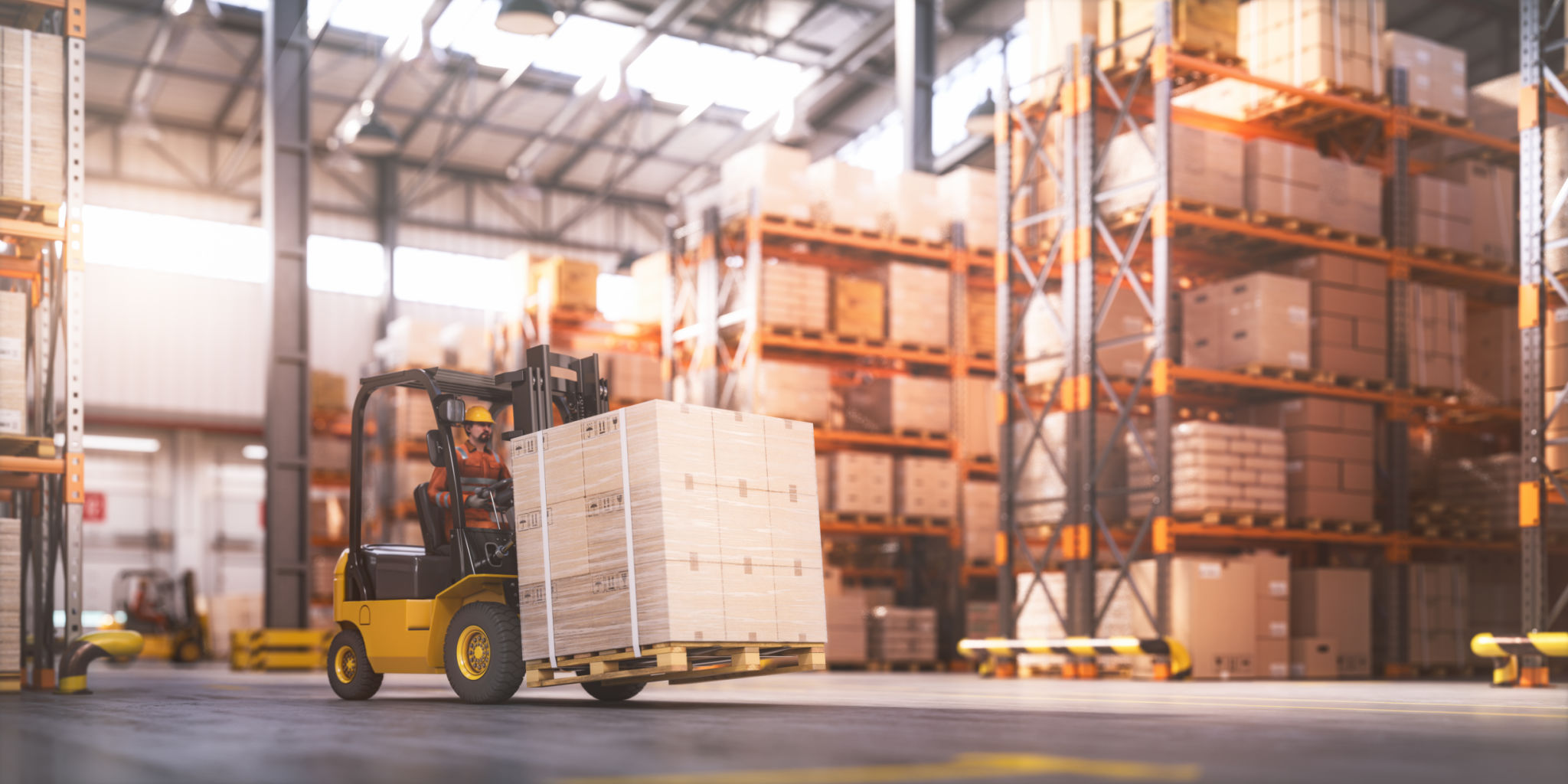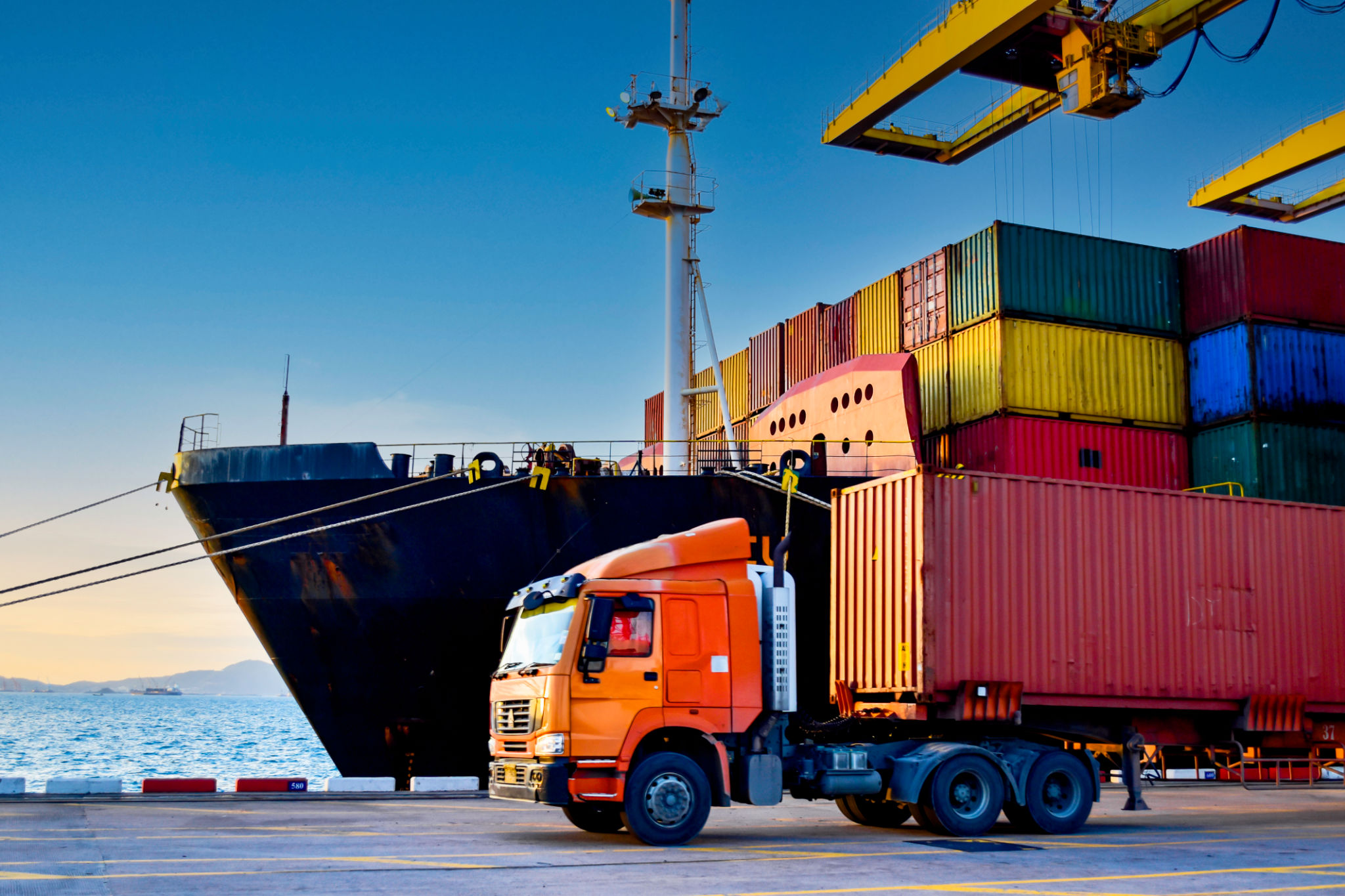Common Drayage Misconceptions: What Businesses Need to Know
AS
Understanding Drayage
Drayage is a crucial component of the logistics chain, yet it's often misunderstood. This term refers to the transport of goods over a short distance, typically as part of a longer overall move. While it might seem straightforward, complexities often arise, leading to several misconceptions that can impact business operations.

Misconception 1: Drayage is Just Hauling
A common misconception is that drayage simply involves moving containers from point A to point B. However, it's far more nuanced. Drayage encompasses various operations such as loading, unloading, and temporarily storing goods. Understanding these intricacies can help businesses better plan and manage their logistics.
Misconception 2: Drayage Is Inexpensive
Another prevalent myth is that drayage services are low-cost. While it might seem affordable compared to long-haul transportation, numerous factors can drive up costs. These include fuel prices, labor charges, port congestion fees, and equipment rental. Businesses should budget accordingly and consider these variables when planning their logistics expenses.

The Importance of Timing
Timing is critical in drayage operations. Many businesses believe that scheduling drayage can be done last minute. However, delays in drayage can lead to significant disruptions down the supply chain. It's vital to coordinate closely with drayage providers to ensure timely pickups and deliveries.
Misconception 3: Any Trucking Company Can Handle Drayage
Not all trucking companies specialize in drayage. This type of operation requires a specific set of skills and knowledge about handling containerized cargo and navigating port logistics. Using a specialized drayage provider ensures efficiency and compliance with port regulations.

Regulations and Compliance
Regulatory requirements are another area where misconceptions abound. Businesses might assume that drayage involves minimal regulatory hurdles. In reality, there are a multitude of compliance issues related to safety standards, emissions, and port regulations. Partnering with knowledgeable providers can help navigate these complexities.
Misconception 4: Technology Isn't Important in Drayage
Some businesses overlook the role of technology in drayage operations. Modern drayage relies heavily on technology for tracking shipments, optimizing routes, and enhancing communication. Leveraging technology can lead to more efficient operations and better visibility throughout the supply chain.
In conclusion, understanding these common misconceptions about drayage can significantly enhance a business's logistics strategy. By recognizing the complexities and planning accordingly, businesses can improve efficiency and reduce costs in their supply chain operations.